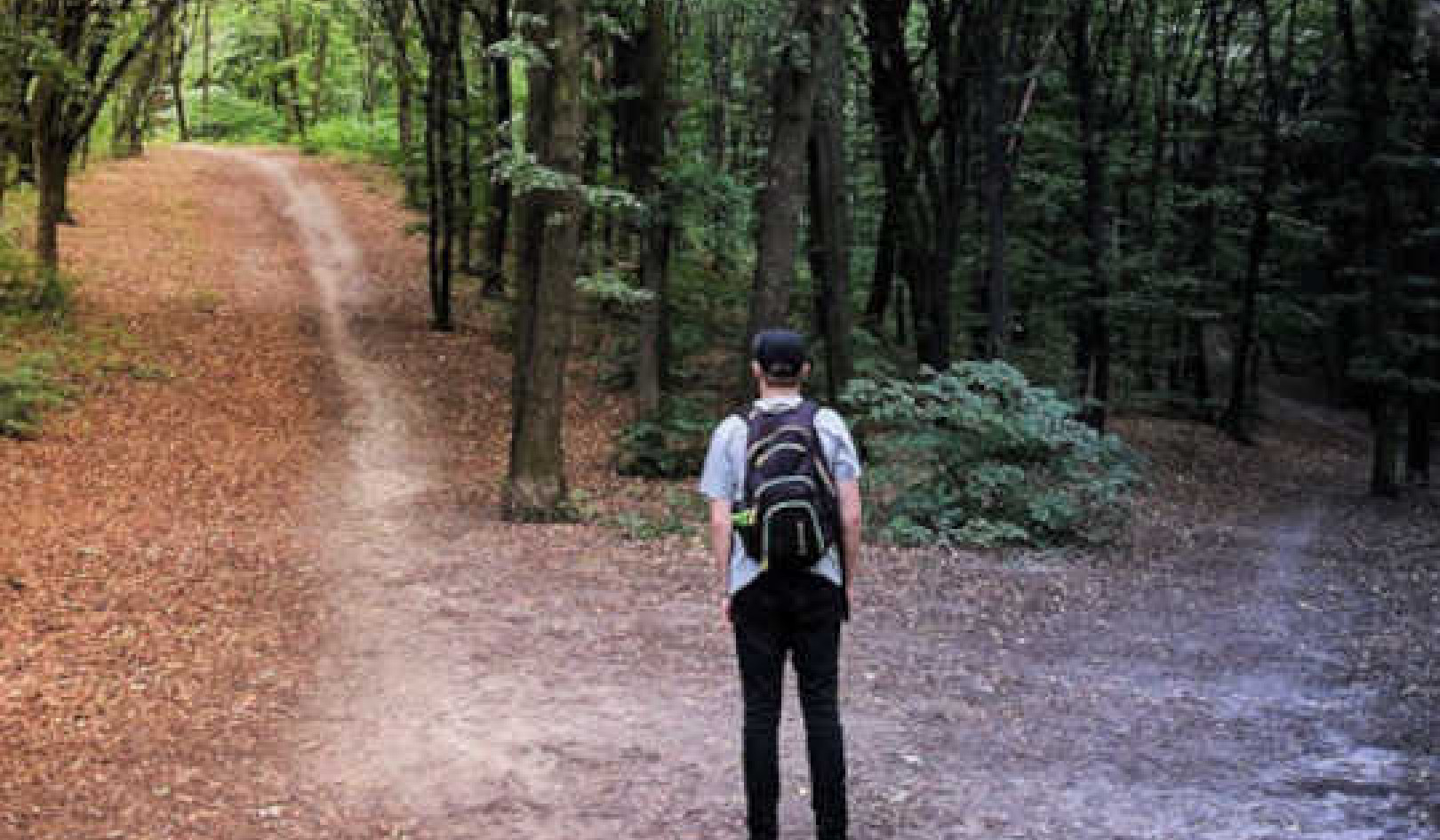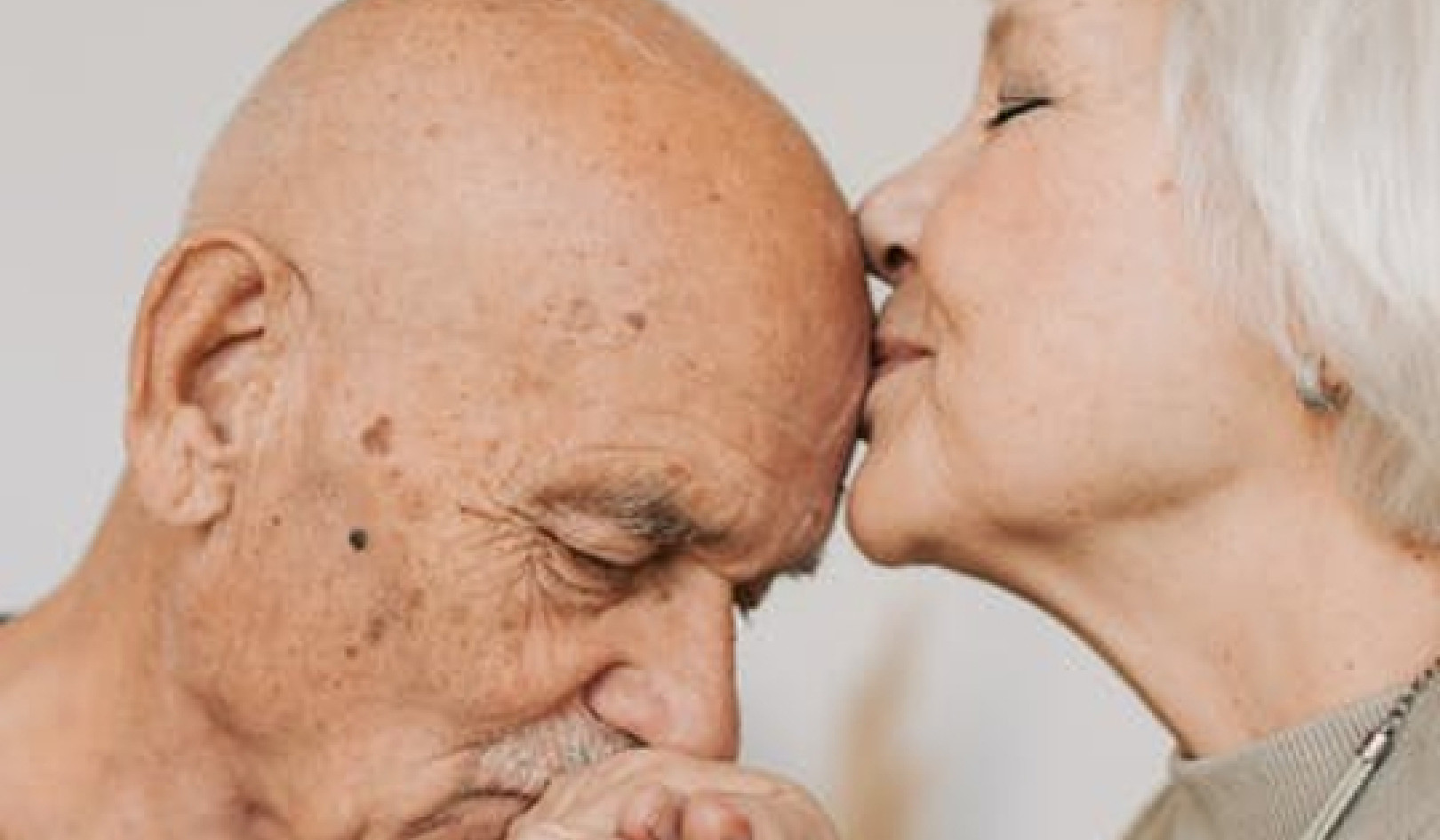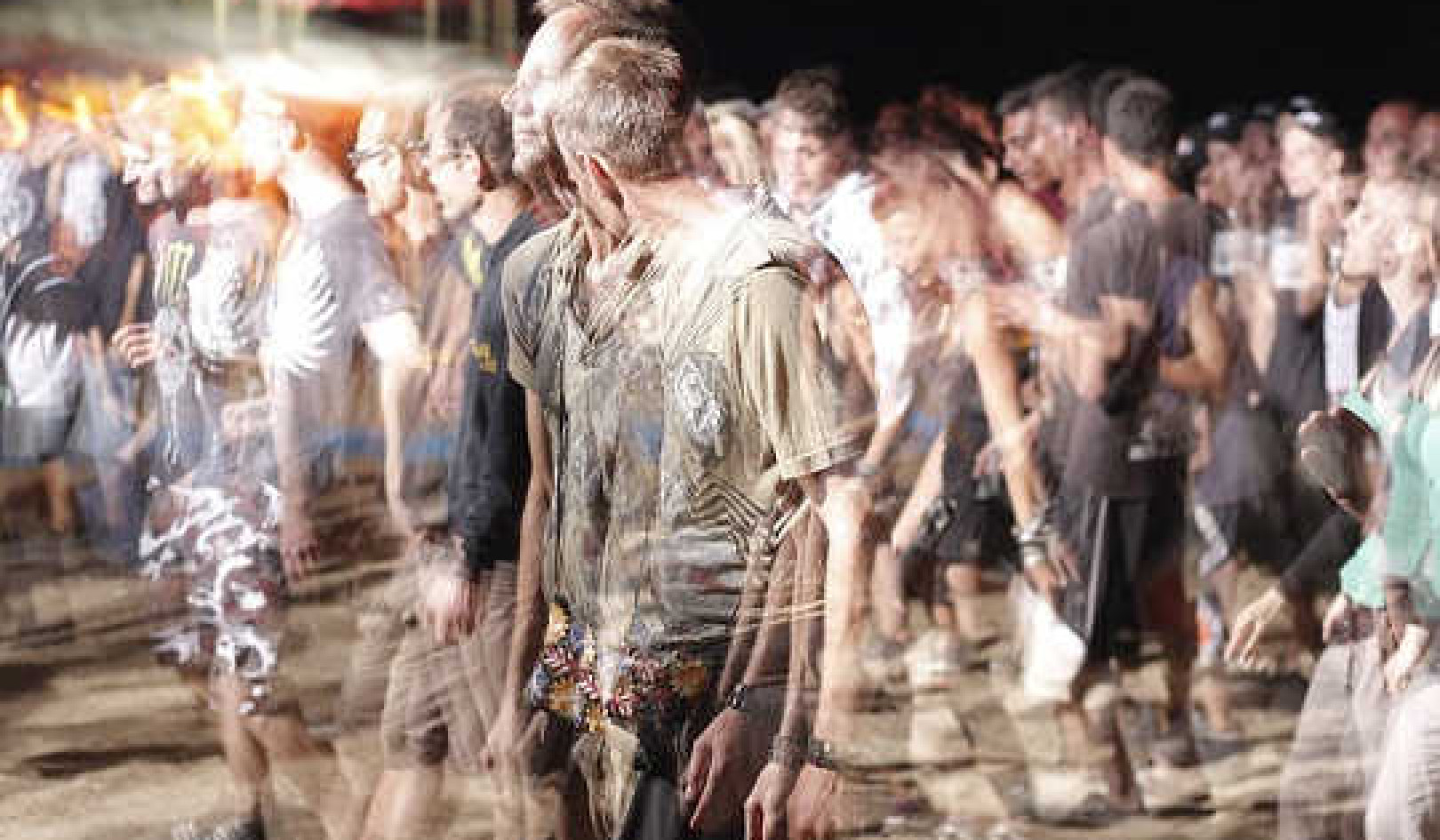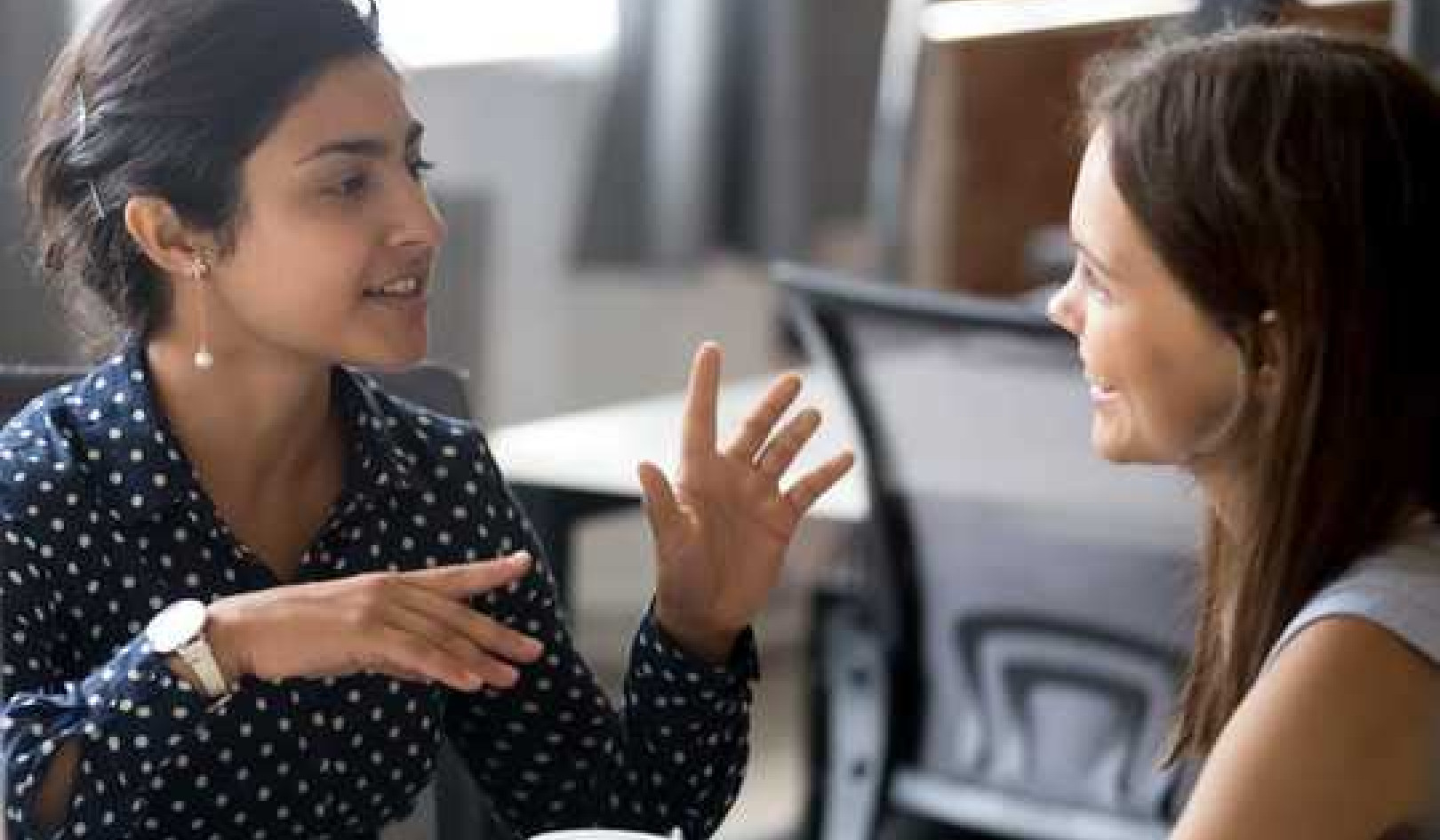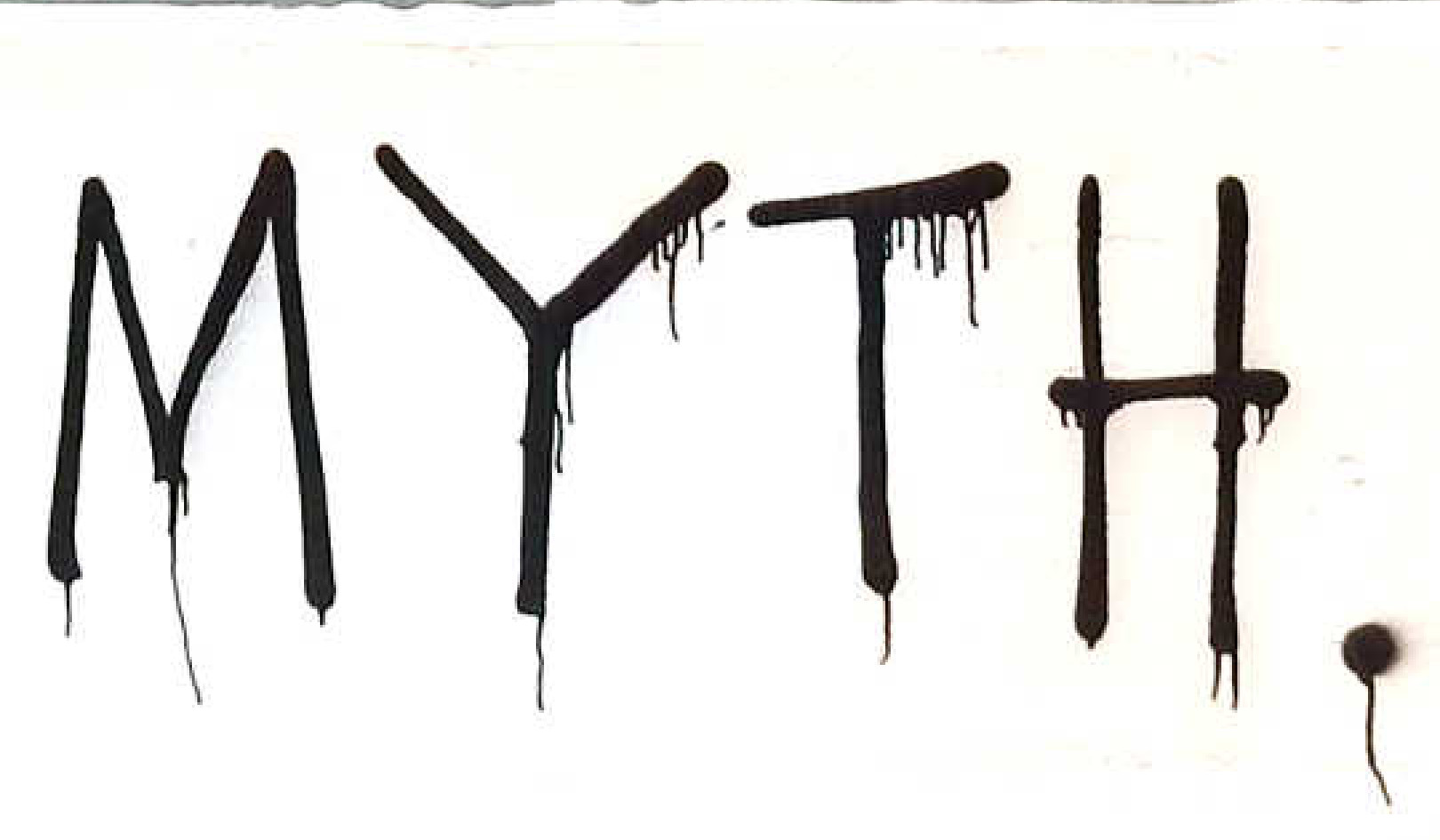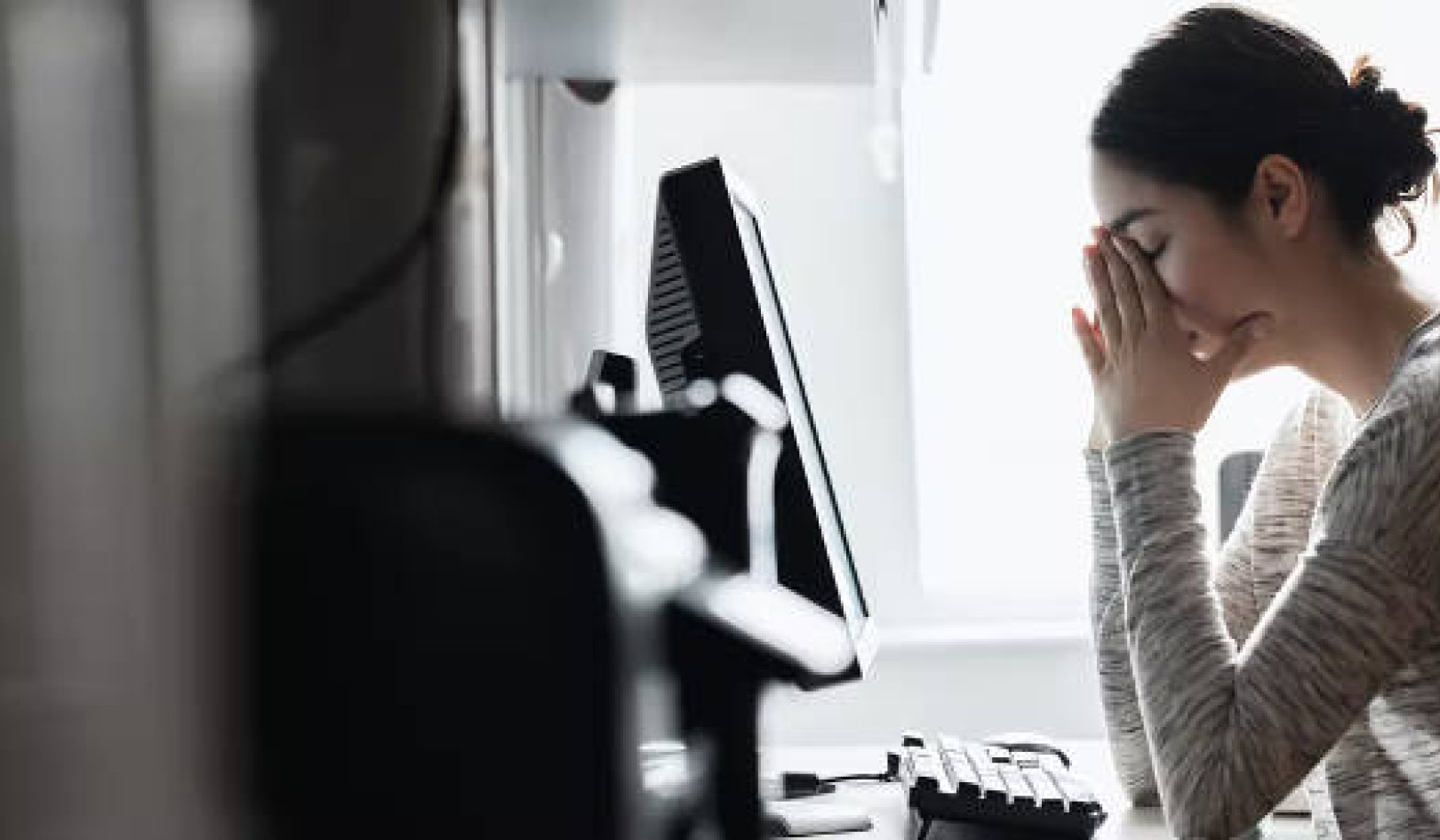
Dances of Universal Peace - Wikimedia Commons
The Dances of Universal Peace are participatory body prayer, not performance art. The basis of the Dances of Universal Peace, Murshid Sam* says, is the repetition of the sacred phrase. Chanting the divine name embodies the divine presence. (*Murshid Sam is the originator of the Dances of Universal Peace.)
We begin our dance meetings by holding hands in a circle and reciting the Sufi Invocation:
Toward the One,
the Perfection of Love, Harmony, and Beauty,
the Only Being,
United with All the Illuminated Souls
who form the Embodiment of the Master,
the Spirit of Guidance.
Then we string the prayer beads of our own sacred names. I say “Ahad” and the circle responds “Ahad,” my beloved standing next to me says “Widad” and the circle responds “Widad,” and so on around through each person in the circle.
The first dances are usually simple group dances to attune the group, to get us holding hands, stepping together, and chanting together. Even just the fact of holding hands in a circle with other people is a minor blessing most of us rarely experience in everyday life.
A process of attunement and harmonization...
The whole dance meeting is a process of attunement and harmonization, drawing us ever closer to unity in heart and breath. Hazrat Inayat Khan says,
The work of a mystical teacher is not to teach but to tune, to tune the pupil so that he may become an instrument of God. For the mystical teacher is not the player of the instrument; he is the tuner. When he has tuned it, he gives it into the hands of the Player whose instrument it is to play.
As each dance progresses, the leader may or may not say “women’s voices only” or “men’s voices only,” alternating the voices of the sisters and the brothers. The leader may say, “On the breath!” and we continue to dance in silence, keeping the prayer on the breath. Or when the group is really attuned, the leader may say “voices only, no instruments,” which is often the most glorious moment, hearing our open hearts singing in praise.
The essence of prayer should be praise...
Murshid Sam says,
The essence of prayer should be praise. . . . The words, the attitude, and the motions, when these are made, are directed upward, away from self, toward God. Offering praise to God and blessing for God—these are the ultimate duties of the devotee.
In the partner dances we hold hands with one another, look into the eyes of one another, greet one another with peace, and bless one another with love . . . and then move on to the next partner. It is one thing to open our hearts to the all-pervading divine presence. It is the same thing in a different form to open our hearts to the divine light in each other, which may be challenging and often is delightful.
The partner dances often evoke joy and laughter as one finds partners, loses partners, makes mistakes, and we play with each other. The point of the dances is not to avoid making mistakes. Joy is sacred. Mistakes are just like grace notes, accidentals, in the light playing among us.
There is no right way to pray...
The dancers are not always perfect. Some people just can’t seem to get the step or the melody perfectly. Some people sing loudly and out of tune. I just stand next to them and sing louder. I have a duty to teach the dance clearly, which may involve some repetition, but I do not have to perfect each dancer. Harmonization of voices and hearts does happen in its own way over the course of the evening.
Sometimes God throws in a wild card, like the large drunk man who wandered in and joined the dancing circle, whooping and hollering, “Amen! Alleluia! Praise Jesus!” in the silence after each dance. He reeked of booze and melted hearts and prejudices that night.
Toward the end of a dance meeting, we typically do deeper, sometimes longer, dances now that the hearts and voices are harmonized. This is when the Holy Spirit can come in. Sometimes, the longer we dance, the deeper the surrender happens. Although many dances have exquisite complexity, over the years we have come to value the simpler, deeper dances as a more effective “means of transportation” to ecstasy.
We close with the dedication: “May all beings be well . . . May all beings be happy . . . Peace . . . peace . . . peace.”
Copyright ©2018, 2022. All Rights Reserved.
Reprinted with permission.
Article Source:
BOOK: Riding the Spirit Bus: My Journey from Satsang with Ram Dass to Lama Foundation and Dances of Universal Peace
by Ahad Cobb.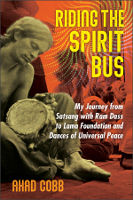 Offering a poignant reflection on life lived from the inside out, and the delicate balance between spirituality and psychology, this memoir leads readers on an outer and inner journey steeped in poetry, music, astrology, and spiritual practice in the context of community that is devoted to awakening.
Offering a poignant reflection on life lived from the inside out, and the delicate balance between spirituality and psychology, this memoir leads readers on an outer and inner journey steeped in poetry, music, astrology, and spiritual practice in the context of community that is devoted to awakening.
Click here for more info and/or to order this paperback book. Also available as a Kindle edition.
About the Author
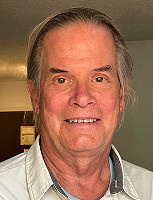 Ahad Cobb is the author, editor, and publisher of six books, including Image Nation and Early Lama Foundation. A musician and leader of Dances of Universal Peace, he has also served as a continuing member, officer, and trustee of the Lama Foundation. He studies and teaches Jyotish (Vedic astrology).
Ahad Cobb is the author, editor, and publisher of six books, including Image Nation and Early Lama Foundation. A musician and leader of Dances of Universal Peace, he has also served as a continuing member, officer, and trustee of the Lama Foundation. He studies and teaches Jyotish (Vedic astrology).
More Books by the author.






















